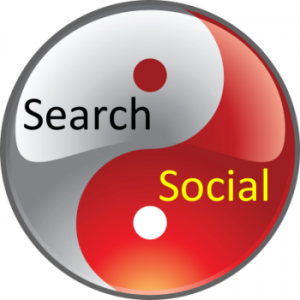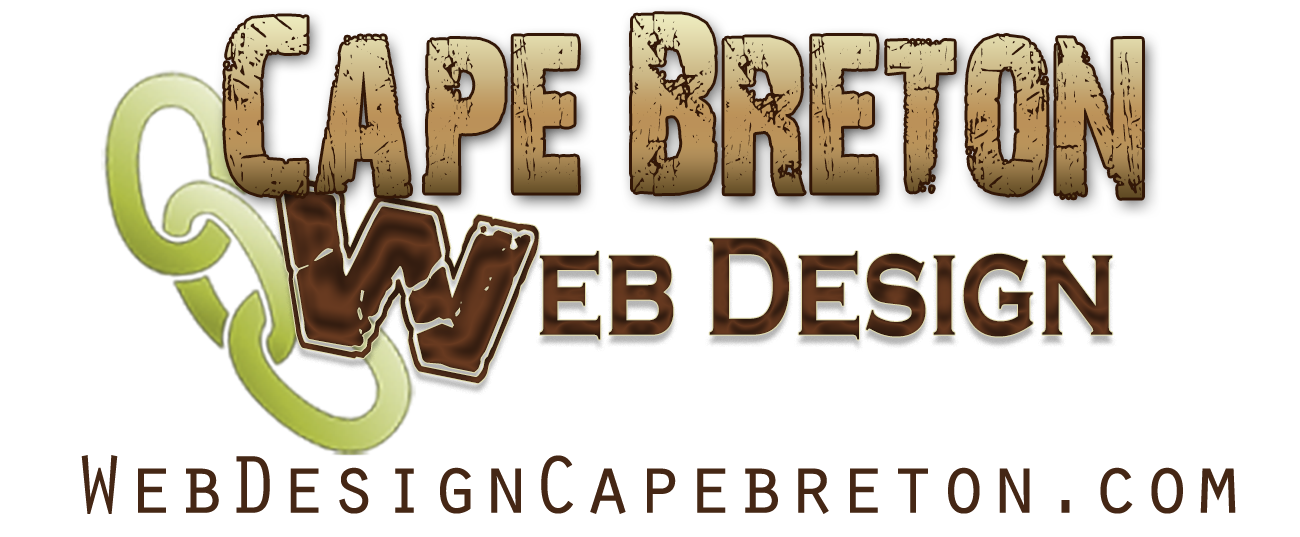A good SEO campaign can no longer ignore the important social component.
 All search engines have been experimenting with adding SEO to their respective algorithms to figure out where to index your site. In years gone by this was figured out by the amount of backlinks your site had as well as other things like quality articles, anchor text, on-page SEO techniques, etc. However, this is a thing of the past.
All search engines have been experimenting with adding SEO to their respective algorithms to figure out where to index your site. In years gone by this was figured out by the amount of backlinks your site had as well as other things like quality articles, anchor text, on-page SEO techniques, etc. However, this is a thing of the past.
Social SEO is now required and as long as people on the web will search for local things like car dealers, restaurants, and hair salons in their respective locations (local SEO), then they call the shots.
People engage online with the website product or services mostly because of a site’s relevant content and backlinks leading back to the main website. The content may include backlinks (anchor text) when clicked will take the user back to the landing page where the products or services are for sale. Some of these social links are great for local SEO and can be included on such social sites as Facebook, Twitter, Youtube, Pinterest, Google +1 and LinkedIn.
Social SEO is really about optimizing social signals to boost your SERP (search engine rankings).
Two of the most powerful Halifax Social Media requirement for Social SEO:
1. Optimize your site for local SEO traffic in Cape Breton
You drive traffic to your website from several channels, but without engagement from these visitors, you’re missing the opportunity to enhance your page authority. You can increase user engagement by making it easy for them by including proper social sharing buttons. Don’t use one of those catchall common widgets that clutter your website and look really tacky. Use the buttons that matter most, namely: Facebook Like, Twitter Tweet and Google +1.
These buttons allow easy sharing and should be placed within or around the content that they’re meant to share. Don’t put these buttons in your header. People in Halifax expect share buttons to be associated with the content they’re positioned around on a Web page. If you have a Like button in your header, then it may seem to be for your brand’s page or your homepage rather than the specific content being shared. And a single page that lists many pieces of content should include each piece’s associated share buttons in an intuitive way.
Facebook Likes / Fans:
• Consider whether you should use Like or Recommend. Should you include Send? Get Facebook likes for your website to boost social signals.
• Set the proper Open Graph tags on each page so that the posts to Facebook contain the appropriate information. Always include a thumbnail image with an alt tag.
Twitter Tweets:
• Set the tweet text. Use an engaging message that will describe the link and help get click-through from impressions. Get twitter followers to boost your online presence.
• Use relevant hashtags. You can set the hashtag attribute to pre-populate the tweet with a hashtag. If your content is relevant to a popular hashtag, include it to help every tweet get more exposure and add more relevancy to the link being tweeted.
• Identify yourself as the author. After the tweet, users are suggested to follow the Twitter handle. So, help them connect with you when they share your content.
• To make a secondary suggestion, fill out the Related attribute. This account will be suggested alongside the author recommendation. Commenting is also important to engagement. Make it easy for users to comment on your content without the need to log in. If you include a login feature as well, provide multiple options.
2. Use Google+
Don’t neglect Google+ Votes. While the activity numbers may not be as impressive as Facebook’s, it has a far greater impact on search results. Whether people actively use Google+ or not, many are performing searches while logged into their Google account (and in many cases this is also their Google+ account). Organic SEO traffic from the (not provided) keyword has been increasing substantially recently, and this traffic is from people signed into Google when performing a search.
So, even if they aren’t posting to Google+, their search results will be affected and their social connections will have a big influence on those results. That means the people who are using Google+ regularly have considerable power to shift rankings.
Make sure you’re on Google+ connecting with people and sharing your content. Gain additional exposure for your brand by contributing in relevant Google+ Communities, as well.
More information:
For a more in-depth analysis of Nova Scotia Social SEO and Halifax Local SEO check out http://seoserviceshalifax.com
